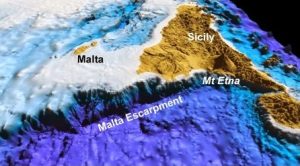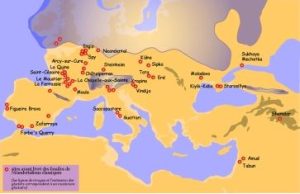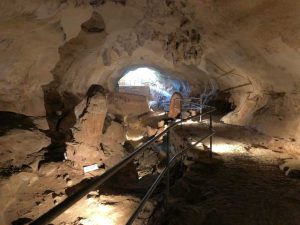
A Cave Full of Secrets
In southern Malta lies the unique cave of Għar Dalam, a site that has puzzled archaeologists for decades. Stratified layers of sediment hold the remains of some of the island’s oldest animals—and possibly its earliest humans.
The cave offers evidence that man may have first reached Malta when the islands were still connected to the Italian peninsula. This connection existed during periods when Ice Age glaciers lowered sea levels and created land bridges. By examining fossils and geological strata, researchers have uncovered a remarkable record of animal and plant life that once thrived here.
The Shifting Seas of the Ice Age
During the last Ice Age, which ended around 12,000 years ago, Malta and Sicily formed part of a continuous landmass. When massive ice sheets expanded, sea levels dropped. Later, as the ice melted, rising seas submerged these land bridges again.
This natural process shaped not only Malta’s landscape but also the formation of caves like Għar Dalam. The land connection explains how animals and, perhaps, early humans migrated southward into the islands.
Pleistocene Migrations to Malta
Whenever the ice advanced across Europe, animals were forced to move south in search of food and water. Many crossed through the land bridge linking Italy, Sicily, and Malta. Excavations at Għar Dalam revealed the remains of at least two hippopotamus species and three species of elephants. Other fossils included bears, deer, wolves, and foxes.
The Maltese valleys offered rivers, vegetation, and freshwater sources that made survival possible. Like elsewhere, elephants and hippos gathered around these aquatic oases to drink, feed, and bathe. Over time, rain and flooding washed the bones of these animals into the valley floor and into Għar Dalam. The fact that no complete skeletons were found suggests that these animals never lived inside the cave but were instead carried there after death.
A Human Puzzle
In 1917, archaeologist Giuseppe Despott made a discovery that ignited controversy. He uncovered two human molars with fused roots—a trait often linked to Neanderthal man. Sir Arthur Keith attributed the find to Neanderthals, a species that thrived in Europe between 40,000 and 130,000 years ago.
If true, this would mean Neanderthals reached Malta, most likely crossing the same land bridge as the animals. However, the theory faced criticism and was eventually dismissed.
Debate Over Human Remains
The discussion resurfaced in recent times, when Dr. Charles Savona Ventura revisited the evidence. He noted that the molars were found in the same deep layer as elephant and hippopotamus remains. This association suggests that humans, like animals, may have frequented the same watering holes.
Still, the mystery remains unsolved. Were the molars truly Neanderthal? Or were they carried into the cave by water long after their original burial site eroded? The answers continue to divide scholars, leaving the presence of prehistoric humans in Malta an open question.
Greatest Unexplained Mystery
The cave of Għar Dalam continues to raise more questions than it answers. Its layers reveal a long history of climate change, animal migration, and perhaps even early human activity. Yet the debate over Neanderthal presence keeps the mystery alive.
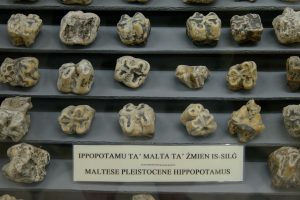
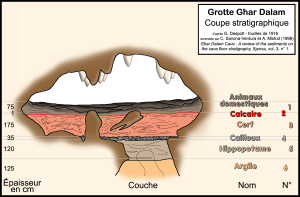 As excavations and scientific methods advance, this cave may one day offer clearer insights into Malta’s deep past. Until then, Għar Dalam remains one of the island’s most intriguing archaeological enigmas.
As excavations and scientific methods advance, this cave may one day offer clearer insights into Malta’s deep past. Until then, Għar Dalam remains one of the island’s most intriguing archaeological enigmas.
Explore Related Topics
If you found this article fascinating, explore more mysteries connected to ancient landscapes and civilizations:

